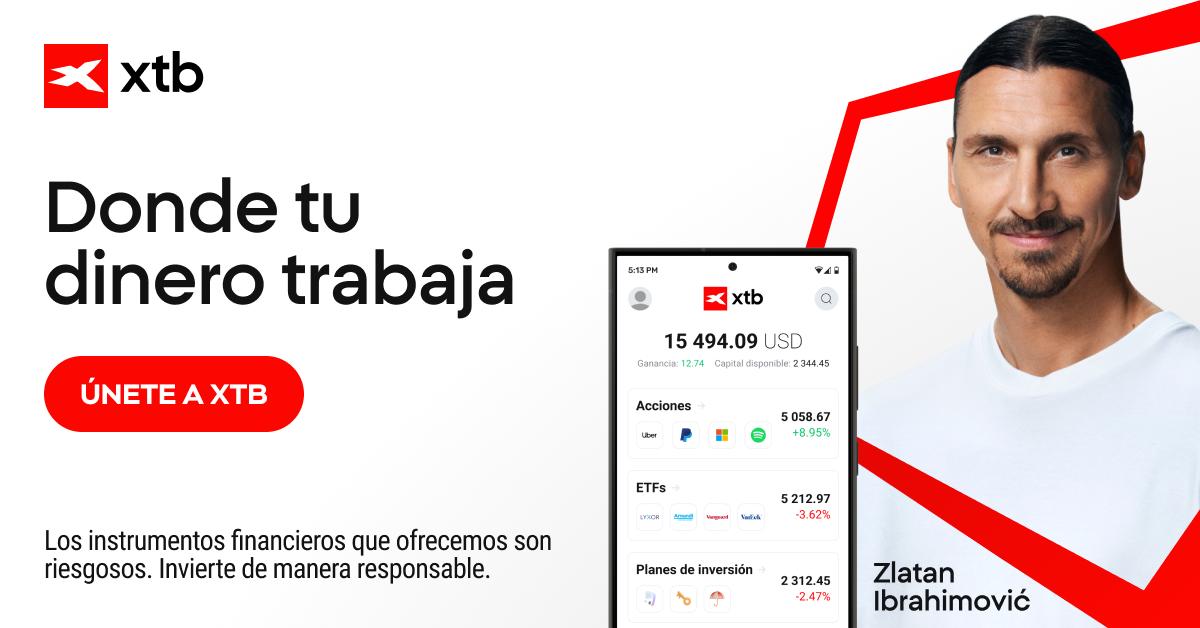What is the Easiest Coin to Mine?
As cryptocurrency continues to rise in popularity, many are looking to get in on the action. One of the most common entry points is through mining, where individuals use computing power to secure the network and validate transactions. But with hundreds of cryptocurrencies out there, each with its own specific requirements and complexities, a crucial question arises: What is the easiest coin to mine?
Before we dive into the easiest coins to mine, it’s essential to understand the factors that affect a coin’s mining difficulty:
- Hashing Algorithm: This is the cryptographic process used to secure the network and validate transactions. Some algorithms are more complex and require more computational power, while others are simpler and require less power.
- Block Time: This is the time it takes to add a new block of transactions to the blockchain. Shorter block times usually mean less mining difficulty.
- Mining Hardware: Some cryptocurrencies can be mined using regular CPUs or GPUs, while others require specialized hardware, like ASICs.
- Network Difficulty: This is a measure of how difficult it is to mine a new block for the blockchain. The more miners there are on a network, the higher the network difficulty.
With these factors in mind, let’s look at some of the easiest coins to mine as of 2023.
Easiest Coins to Mine and start Making Profit with Crypto
Easiest coin to Mine
- Vertcoin (VTC)
- Dogecoin (DOGE)
- Monero (XMR)
- Litecoin (LTC)
- Ethereum Classic (ETC)
1. Vertcoin (VTC)
Vertcoin is designed to resist centralization. Its mining algorithm, Lyra2RE(v3), is designed to work well on consumer-grade GPUs, and it is ASIC resistant. This means that you don’t need specialized hardware to mine Vertcoin, making it an attractive choice for individuals who are starting with mining.
2. Dogecoin (DOGE)
Dogecoin has gained popularity recently due to high-profile endorsements. It uses the Scrypt mining algorithm, which is less complex than Bitcoin’s SHA-256. While ASIC miners do exist for Scrypt, it is also possible to mine Dogecoin using GPUs.
3. Monero (XMR)
Monero is another coin that can be mined using CPUs and GPUs. It uses a mining algorithm called RandomX, which is designed to be efficient on consumer-grade hardware. This, combined with its privacy features, makes Monero an attractive choice for miners.
4. Litecoin (LTC)
Litecoin, like Dogecoin, also uses the Scrypt mining algorithm. This means it can be mined using both ASICs and GPUs. Given its longer presence in the market and stability, it remains one of the easier and more reliable options for mining.
5. Ethereum Classic (ETC)
While Ethereum has moved to a proof-of-stake consensus mechanism, Ethereum Classic still uses proof-of-work, meaning it can be mined. It uses the Ethash algorithm which can be mined using GPUs.
While these coins are among the easiest to mine, remember that ‘easy’ does not always equate to ‘profitable’. Many other factors, including the coin’s current price, block reward, and your electricity costs, will affect your mining profitability.
Before you start mining, make sure you do your research and understand what you’re getting into. Mining involves upfront costs (hardware, electricity) and continuous effort (maintenance, staying updated on the market), so it’s important to ensure you’re prepared.
As always, there are useful resources available to help guide you on your mining journey, such as WhatToMine for checking mining profitability, NiceHash for renting or buying hash power, and Binance for trading the coins you mine. Happy mining!
More Coins?
Here’s an exhaustive list of some notable cryptocurrencies and the algorithms they use for mining:
- Bitcoin (BTC) – SHA-256 algorithm
- Ethereum (ETH) – Ethash algorithm
- Litecoin (LTC) – Scrypt algorithm
- Dogecoin (DOGE) – Scrypt algorithm
- Monero (XMR) – RandomX algorithm
- Bitcoin Cash (BCH) – SHA-256 algorithm
- Zcash (ZEC) – Equihash algorithm
- Dash (DASH) – X11 algorithm
- Bitcoin SV (BSV) – SHA-256 algorithm
- Ethereum Classic (ETC) – Ethash algorithm
- Vertcoin (VTC) – Lyra2RE(v3) algorithm
- Ravencoin (RVN) – KAWPOW algorithm
- Bitcoin Gold (BTG) – Equihash algorithm
- Decred (DCR) – Blake256 14r algorithm
- DigiByte (DGB) – Multiple algorithms (SHA256, Scrypt, Qubit, Skein, Odocrypt)
- Aeon (AEON) – KangarooTwelve algorithm
- Feathercoin (FTC) – NeoScrypt algorithm
- Peercoin (PPC) – SHA-256 algorithm
- Sia (SC) – Blake2b algorithm
- QuarkChain (QKC) – Ethash algorithm
Please note that mining requires specific hardware tailored to the specific algorithm. Additionally, as some cryptocurrencies shift from Proof-of-Work (PoW) to Proof-of-Stake (PoS) consensus mechanisms, they might not be mineable in the future. Always make sure to research and understand the coin’s specifications and the required hardware before you start mining.



